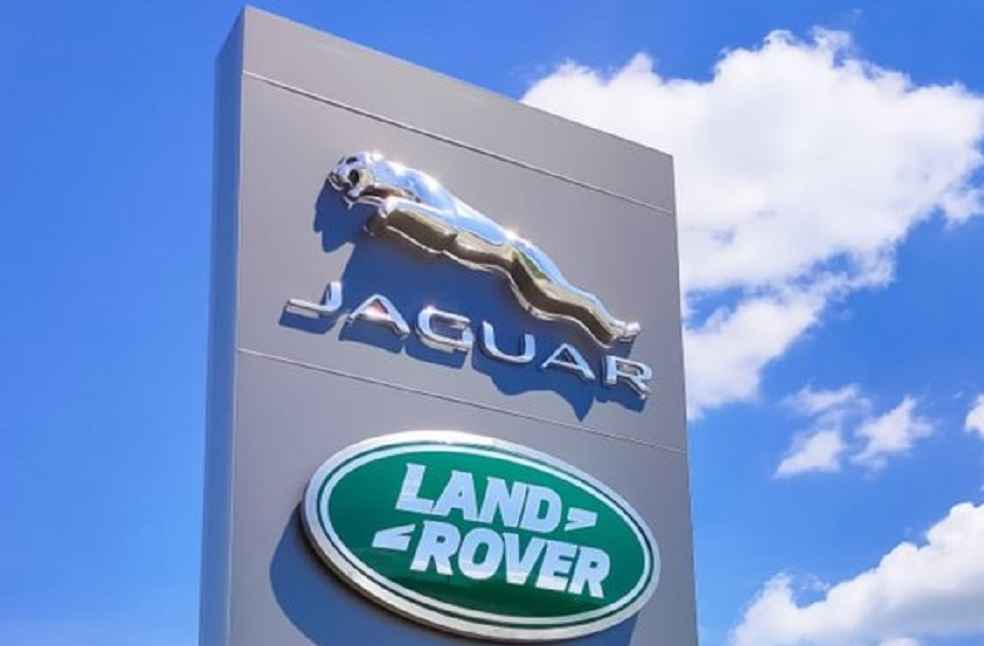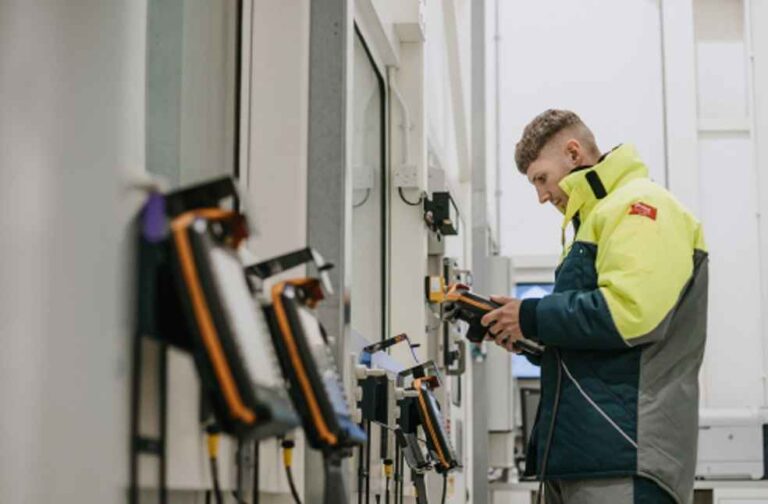Jaguar Land Rover (JLR) has generated over £100 million in value through an extensive reuse, refurbishment, and recycling program aimed at reducing waste across its industrial operations in the UK and Europe. The initiative comes as JLR accelerates its transformation towards electrification, with preparations underway for the launch of its upcoming Range Rover Electric and other next-generation electric vehicles.
As part of the program, JLR has redeployed tens of thousands of tools and pieces of equipment—from entire production lines to basic instruments like screwdrivers—after thorough evaluation based on safety standards, spare parts availability, refurbishment costs, and resale potential.

The company has reused more than 50,000 square meters of equipment, the equivalent of seven football pitches, sourced from decommissioned or restructured facilities such as Castle Bromwich, the Electric Propulsion Manufacturing Center (EPMC) in Wolverhampton, and Graz, Austria. This equipment has been installed at various JLR sites, including Solihull, Halewood, and Nitra in Slovakia.
Additionally, JLR has sent 18,600 tons of scrapped metal from Castle Bromwich and Graz to a recycling supplier, helping reduce carbon emissions by approximately 1,258 kg for every ton of new steel produced using the recycled metal. Hundreds of second-life robots have also been deployed in vehicle and battery pack production lines at Solihull, Halewood, and the EPMC.

Chief Sustainability Officer Andrea Debbane highlighted that resource circularity not only aligns with environmental responsibility but also enhances profitability and strengthens supply chain resilience. “It’s not only the right thing to do, but it also improves profitability and increases supply chain resilience,” she noted, adding that sustainable choices can reduce costs and create opportunities for employee growth and development.
The initiative has been driven by a cross-functional team spanning Industrial Operations to Vehicle Programs, identifying reuse opportunities across technologies and sites. Supporting this effort, JLR has developed an in-house digital management system to track the lifecycle of assets—from acquisition to resale, scrapping, or reuse. The system will feature an internal marketplace for assets, streamlining future circularity efforts.
TRENDING | Trump Plans Tariff Relief to Support U.S. Car Makers and Suppliers





